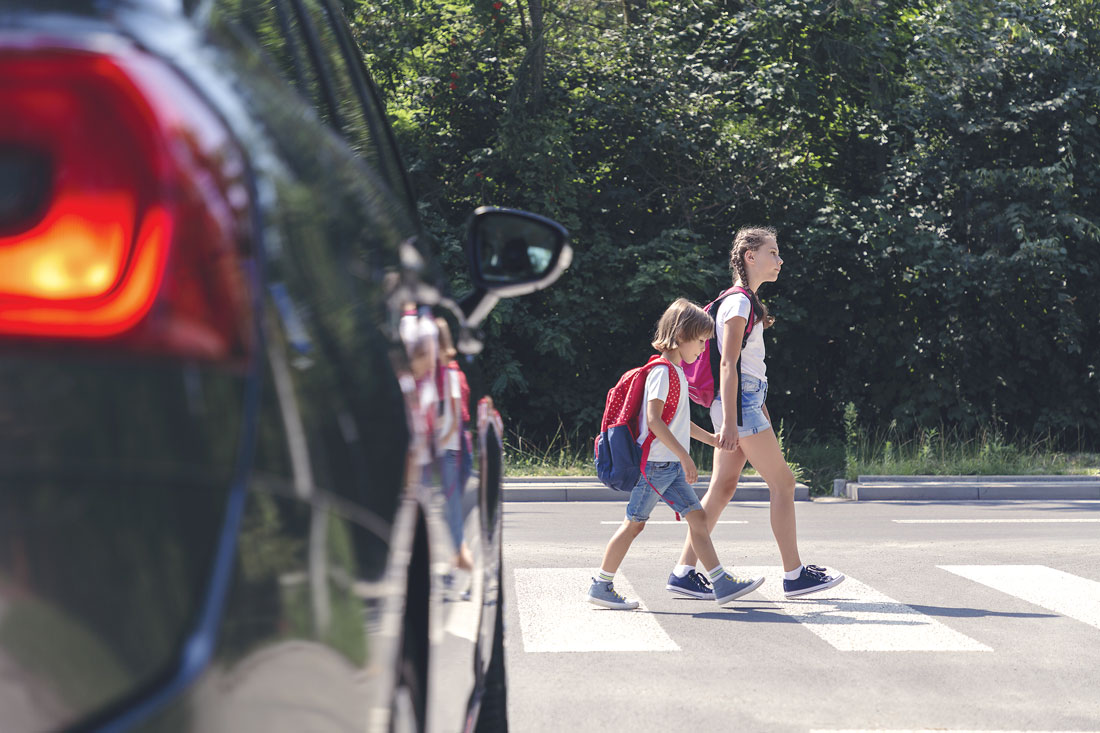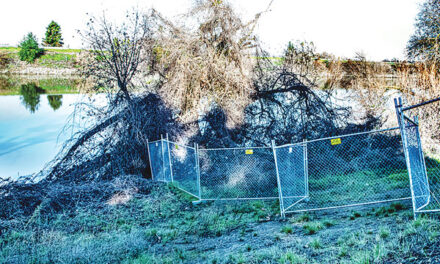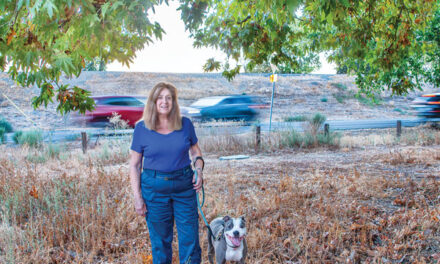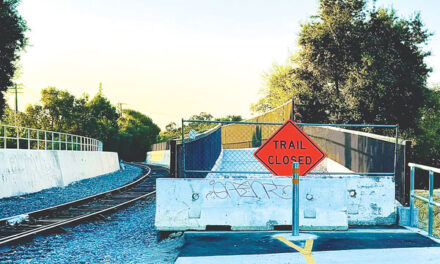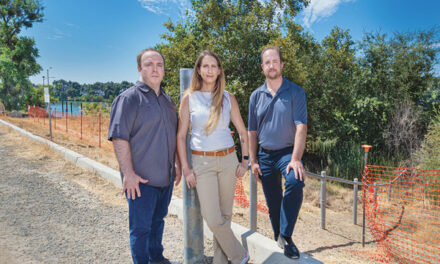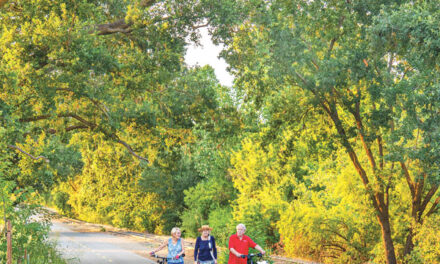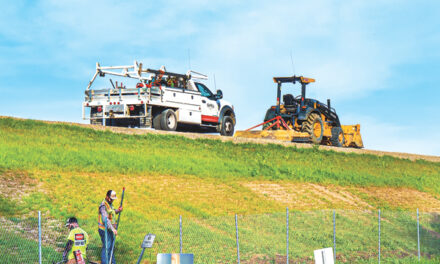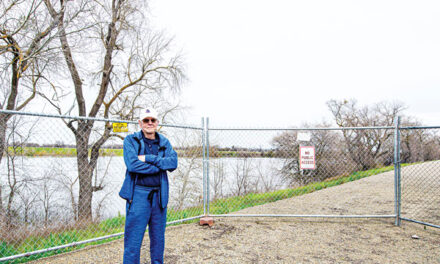The city of Sacramento is trying to make streets safer for our children. The city has reduced speed limits to 15 mph around 115 schools and put up 400 new school zone speed-limit signs. It’s needed.
The city’s press release says, “According to the Office of Traffic Safety’s collision rankings, Sacramento in 2016 had the highest rate of speed-related traffic fatalities of any city in the state. Sacramento also was the worst city in California for collisions in which a pedestrian under the age of 15 was killed or severely injured.”
The new speed limits are part of the city’s Vision Zero program, which aims to eliminate traffic fatalities and serious injuries by 2027. The Vision Zero concept is a huge cultural change underway in many places across the globe. Reaching its goals will require a transformation in how we drive as individuals, and how collectively we plan our cities and roads.
The city’s new school zone speed limits are a small step. By state law, lower speed limits can only apply to schools on residential streets that have one travel lane in each direction and an existing speed limit of no more than 30 mph.
The World Health Organization recommends urban speed limits of 30 mph or less and lower limits around schools and in busy pedestrian zones. The group says a 5-percent cut in average traffic speed can result in a reduction of 30 percent in the number of fatal crashes.
A number of U.S. cities have taken a far more comprehensive approach to speed limits than Sacramento’s initial school-focused effort. Boston cut default speed limits citywide to 25 mph and may drop them to 20 mph. Portland set limits of 20 mph for all residential streets and launched a “Twenty is Plenty” campaign. New York City has neighborhood slow zones with 20 mph limits.
Those are all great models for Sacramento. Lowering speed limits helps improve safety, but simply putting up new signs doesn’t stop all people from exceeding limits or driving too fast for conditions. More needs to be done. The public needs education. Enforcement needs to be improved. And streets need to be engineered for safety, not speed.
Instead of stigmatizing speeding, popular culture and car commercials glorify it. Education about the real life and death consequences of speeding is needed to deglamorize it. Mothers Against Drunk Driving succeeded in changing public perceptions about it being OK to drive drunk. A similar change in attitudes is overdue for speeding.
Speed cameras have proved highly effective in reducing speeding. They work 24/7. But California law enforcement groups have opposed speed cameras. The opposition looks suspiciously like it’s based on a concern for police jobs rather than a regard for community safety.
More and more organizations have recommended speed cameras, including the National Transportation Safety Board, Governors Highway Safety Association and American Automobile Association. A recent poll indicates 60 percent of the U.S. public supports speed cameras, but state politicians have stubbornly refused to allow them in California.
There is no reason police officers shouldn’t also enforce speed limits. But too often there aren’t enough officers devoted to traffic enforcement because it isn’t a high enough priority with police departments.
Streets should be designed for all road users. Road designs must consider the needs and safety of pedestrians (6,000 are killed annually in traffic crashes) and bicyclists, not just the desire of motorists to drive fast. Speed limits should be based on safety, not outdated engineering methodology, which results in the fastest drivers setting the limits.
Walking to school should be a healthy, carefree activity for kids, not something to fear. Slower school zones and cities might cost motorists a few seconds in travel time, but would save lives. That would be good for everyone.
Walt Seifert is executive director of Sacramento Trailnet, an organization devoted to promoting greenways with paved trails. He can be reached at bikeguy@surewest.net. Follow us on Facebook, Twitter and Instagram: @insidesacramento.



